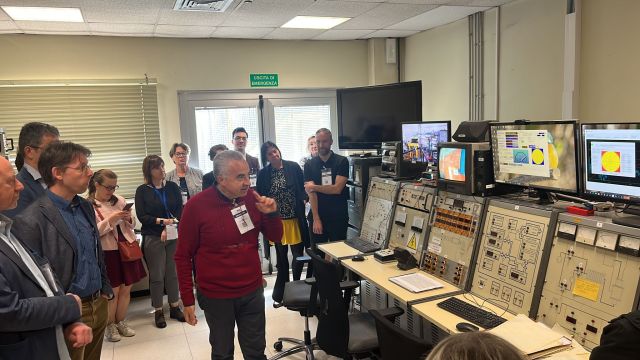EUROPEAN PROJECTS
SECURE first plenary meeting
On the 26th and 27th April, the Italian National Agency for New Technologies, Energy and Sustainable Economic Development (ENEA) welcomed all partners of the SECURE project to its premises in Frascati, in the province of Rome, for the first plenary meeting. These two days enabled great exchange among international partners working together to strengthen the provision of nuclear radiosiotopes for medical use.

The main aim of this meeting was to provide an overview over the progress of the project as a whole, with a particular focus on the technical activities. Indeed, technical workshops were led by the responsible consortium members who gave detailed presentations on the current status of the technical work packages and associated tasks assigned to them. They provided an overview over the activities carried out in the first six months of the project, sharing information and techniques related to their technical area and introducing the technologies and tools of interest to the SECURE consortium. After each presentation, some time was set aside for collaborative discussion to clarify any complex technical problem, advise on implementation at different partner sites, and deliberate past and potential challenges.
The meeting also constituted the opportunity to provide status reports in the form of an update on the progress of each work package. All work package leaders communicated on the current state of the activities, including completed tasks and milestones achieved. They explained potential issues or challenges identified and outlined the activities planned in the next 6 months, including upcoming milestones and deadlines.
Finally, the consortium partners had the chance to visit the Frascati Neutron Generator, a facility of great international prestige. Operating since 1992, it supports research and development experiments into nuclear radioisotopes, including for medical use.


For more information on the SECURE project, visit the official website.

Funded by the European Union. Views and opinions expressed are however those of the author(s) only and do not necessarily reflect those of the European Union or the European Atomic Energy Community (EC-Euratom). Neither the European Union nor the granting authority can be held responsible for them.




